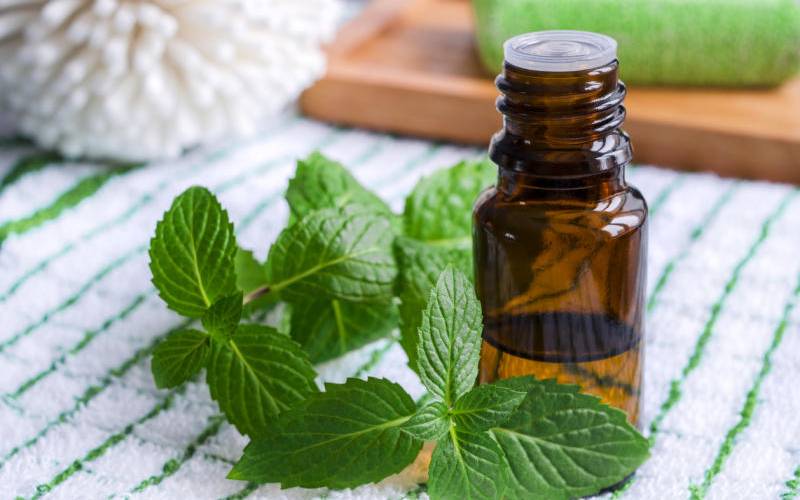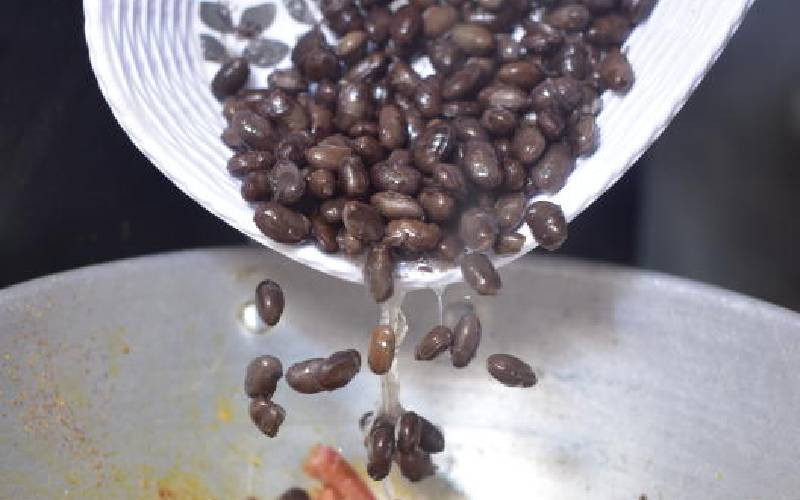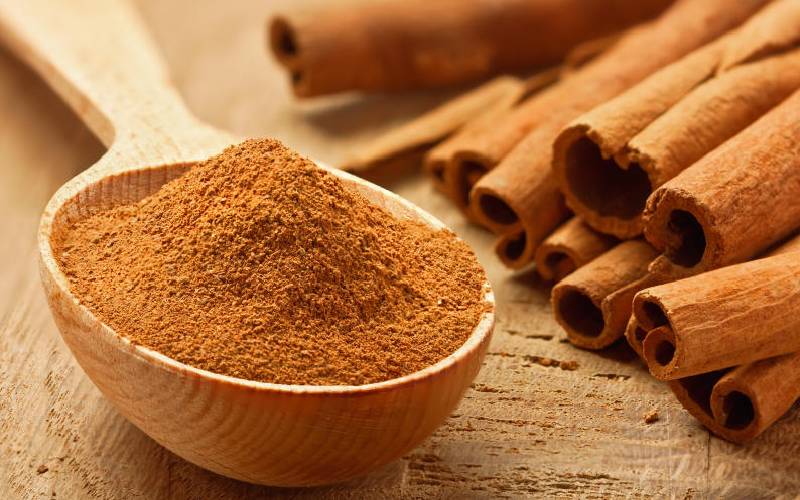
Mint, also known as Mentha, has been long known as a herbal remedy, easing upset stomachs, calming stress and anxiety, and promoting restful sleep, according to healthline.com.
The mint herb plant can grow up to 120cm tall, contains the volatile oil menthol, which gives mint the characteristic cooling and cleansing feeling.The herb removes bad breath and may help teeth and gums deal with germs. Leaves are often used to keep mosquitoes away.
In Kenya, the most common varieties are apple, pineapple, corsican, pepper, citrus and spear mint.
“All of these types of mint can grow easily anywhere, from open field, to greenhouse, or even in a pot in the kitchen. But experts recommend not to expose mint to too much sunlight as this can scorch the plant,” says Michael Githinji from Kiambu. He shares insights on growing mint.
Ecological conditions
Grow mint in moist but well-drained soil, constantly moist, with a pH of six to seven, in full sun to partial shade. It’s best to grow mint in a pot as it can compete with neighbouring plants when planted in the ground.
The herb can be grown from seed or propagated as cuttings. The quickest way to grow it is through propagation since the root develops and is ready to be planted into the ground or pot in 10 to 15 days.
“Mint is so easy to grow from root cuttings or young plants. To propagate, cut a 10cm stem about one centimetre above the first branch, as this will make it easy for another branch to develop on the existing plant,” says Githinji.
Place the stem in a 250ml jar or bottle with water and cut away the lower leaves to prevent your root from rotting.
After a week, the root should have developed, but wait another week to enable it to grow to a decent length and size. Change the water after four to five days.
Once the root has developed to create a mini-plant, transplant it to a pot or directly to the soil. To transplant it into a pot, use a pot of 13 cm diametre. This size carries 10 to 15 seedlings. To transplant into the soil directly plant the seedlings at a distance of 15cm from each other to give them enough space to grow.
Most mints are invasive, so you may want to restrict their root run by planting in a bottomless bucket sunk into the ground. Or grow them in a pot in free-draining, soil-based compost.
Care
For the best flavour, keep cutting mint to stimulate new leafy growth. After flowering is over, cut back plants to just above soil level and feed with a high-nitrogen fertiliser to encourage a fresh flush of leaves.
Pests
Common ones include aphids and cutworms. To control them, prune regularly and remove all plant residue from soil after harvest.
Avoid planting next to onions, garlic or cereals where very large numbers of thrips can build up.
Diseases include mint rust and verticillium wilt. To manage these, infected plants and rhizomes should be removed to prevent spread.
Harvesting
Harvesting the plants could start 90 days from the day of planting. This is done by picking off the leaves. While harvesting, it is recommended not to pick more than a third of the leaves, this will help the plant regrow faster for the next harvesting.
Market
Mints are popular and attract a good market due to fresh taste and herbal properties. Bars and restaurants use it in preparing drinks such as cocktails and teas. This is where Githinji enjoys his market. The average market price for a kilogram of mint is Sh695.
 The Standard Group Plc is a multi-media organization with investments in media platforms spanning newspaper print
operations, television, radio broadcasting, digital and online services. The Standard Group is recognized as a
leading multi-media house in Kenya with a key influence in matters of national and international interest.
The Standard Group Plc is a multi-media organization with investments in media platforms spanning newspaper print
operations, television, radio broadcasting, digital and online services. The Standard Group is recognized as a
leading multi-media house in Kenya with a key influence in matters of national and international interest.











